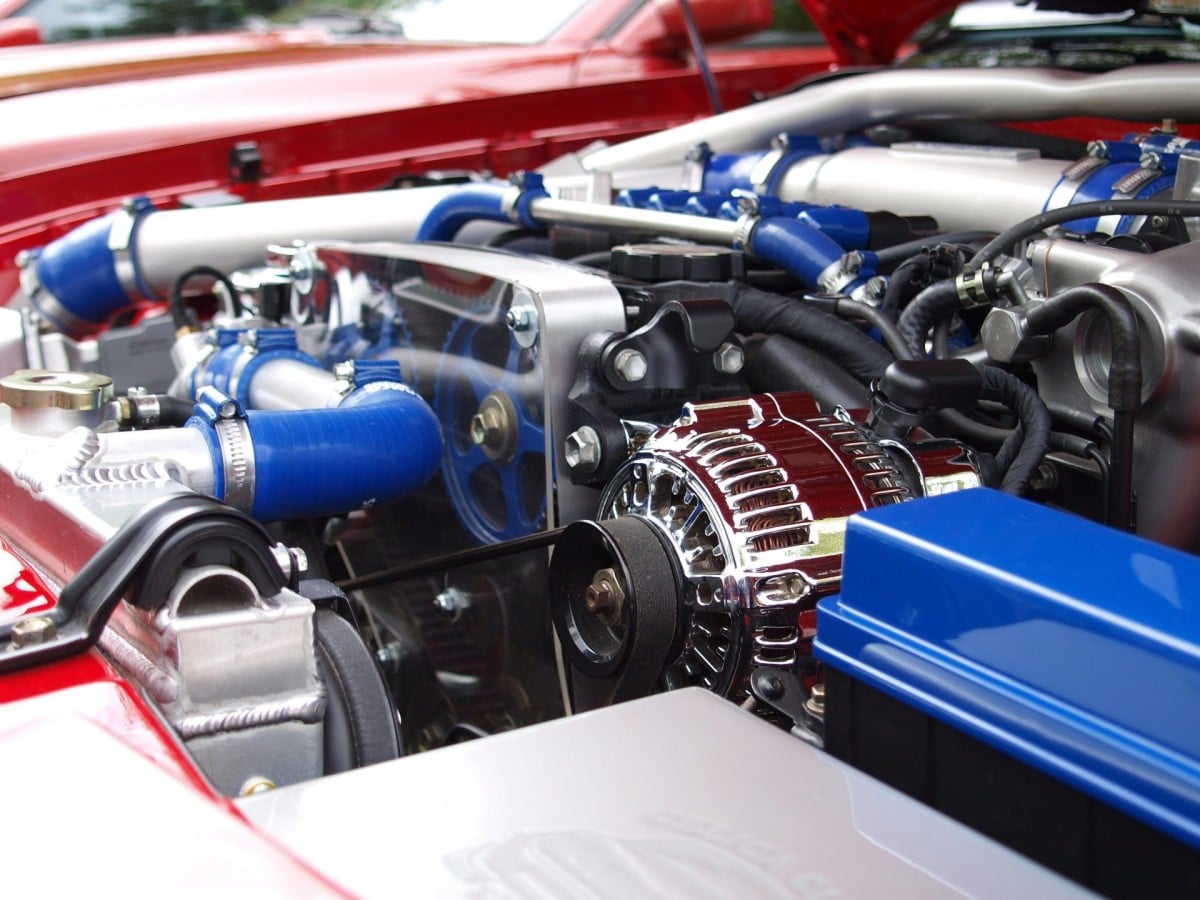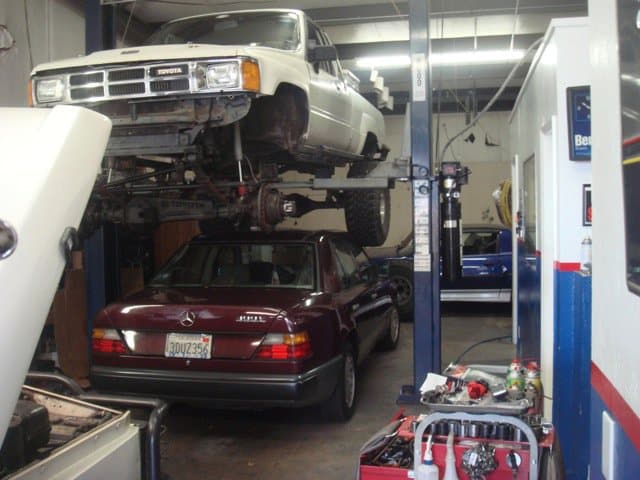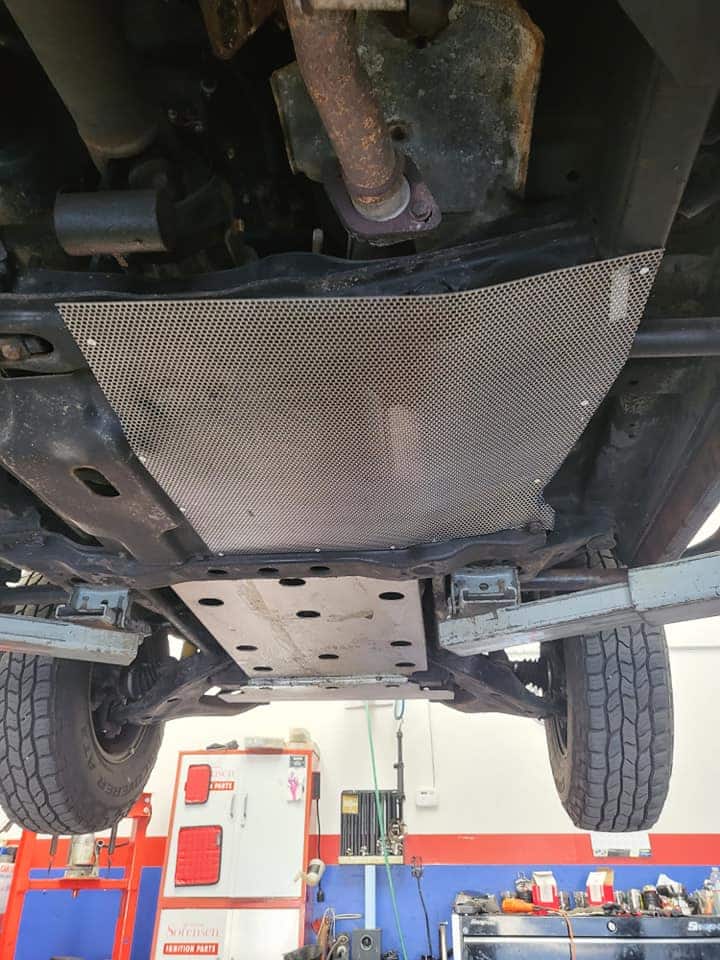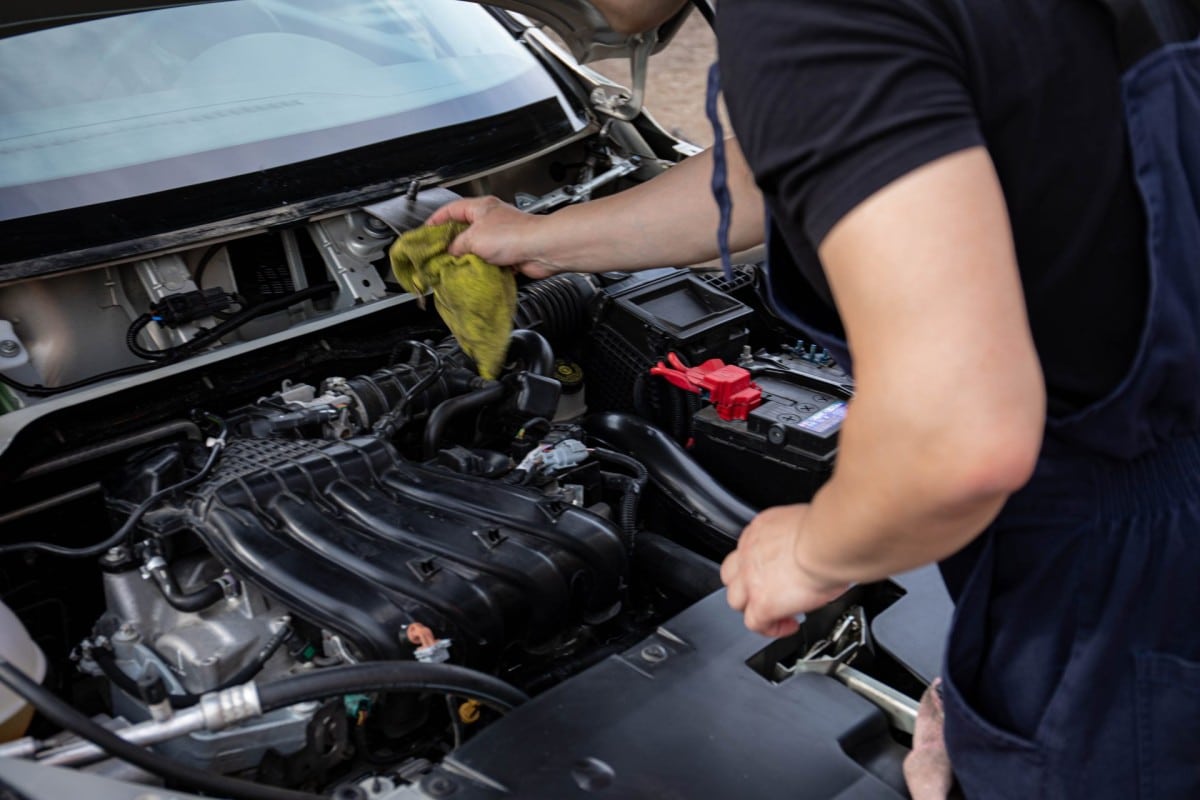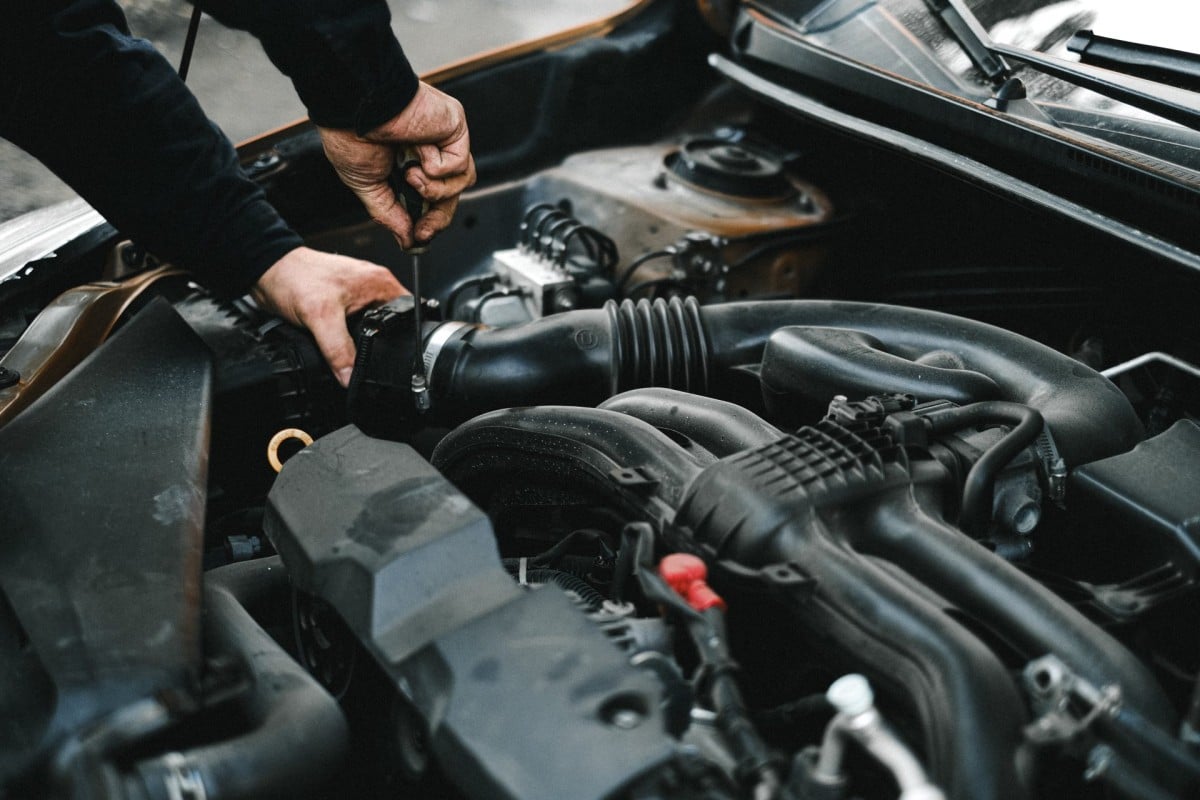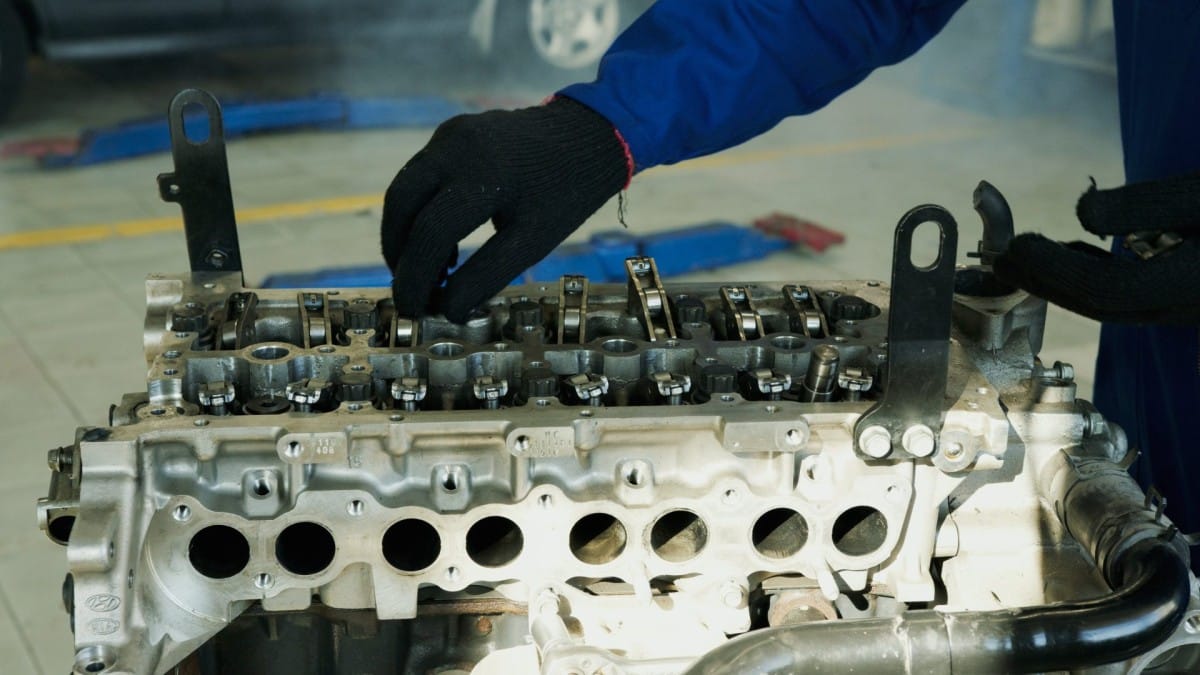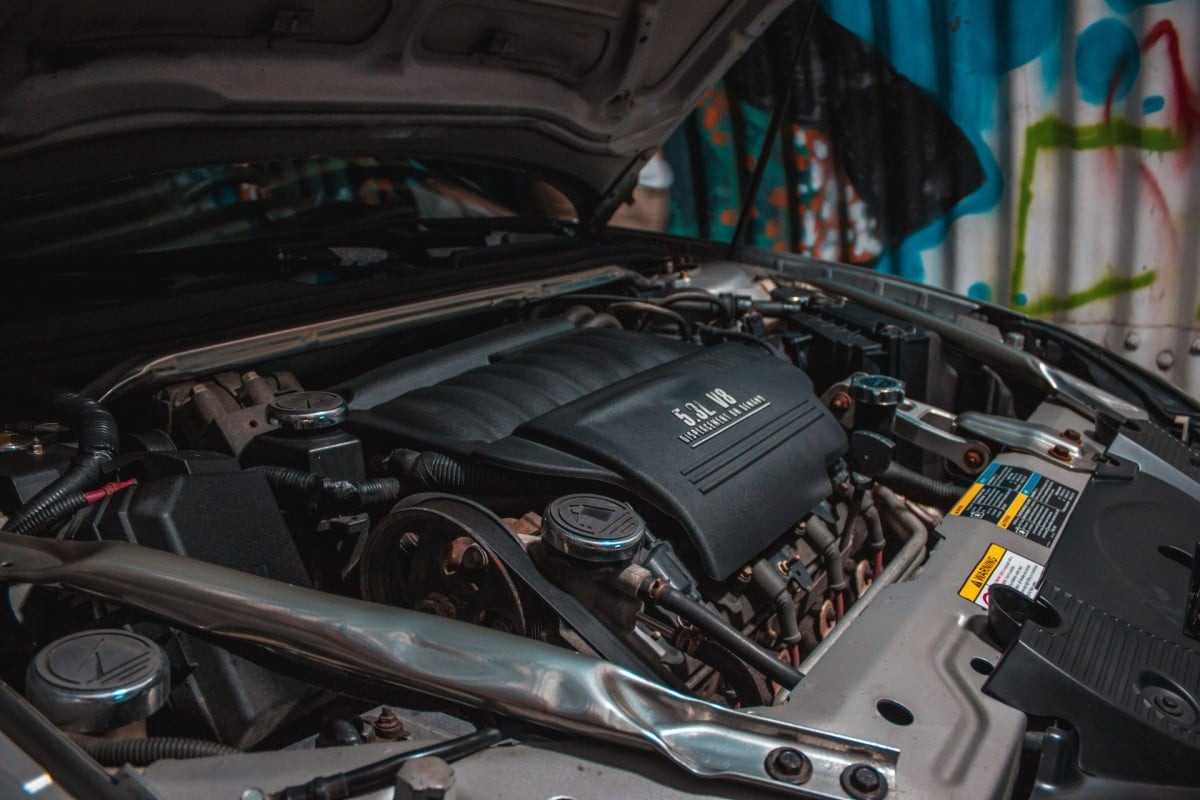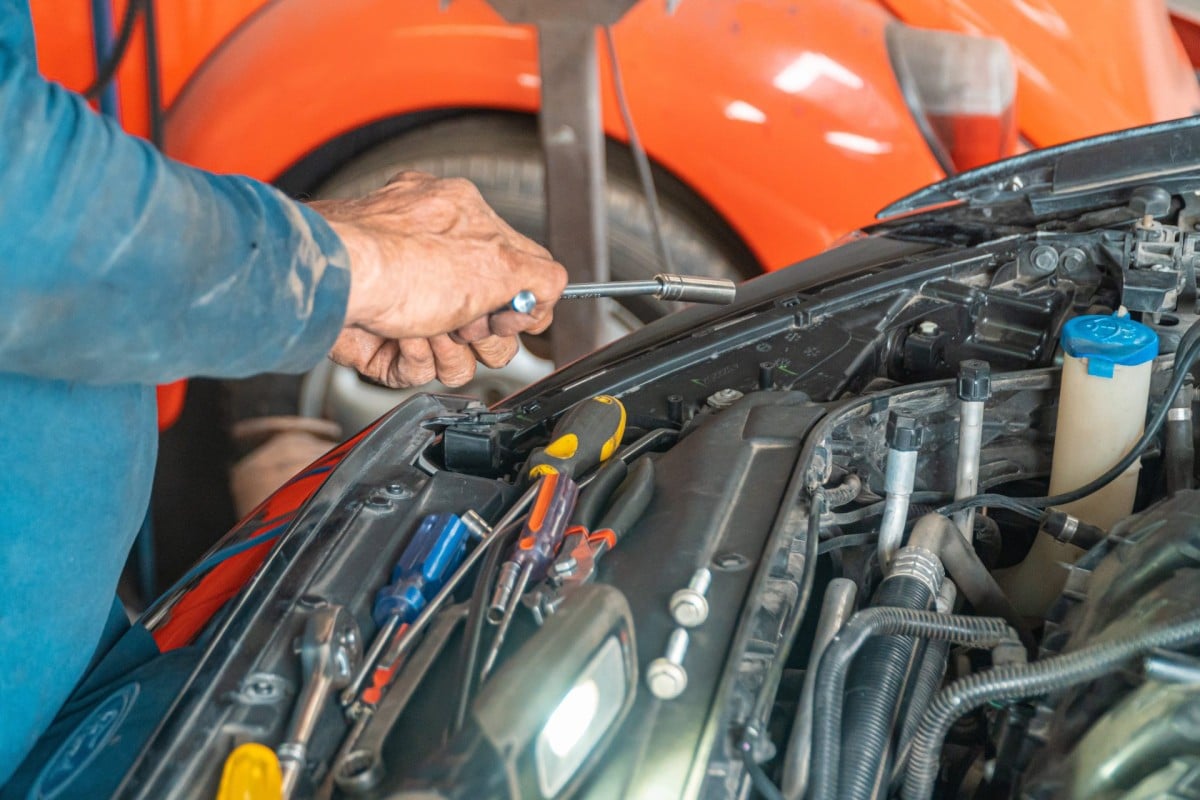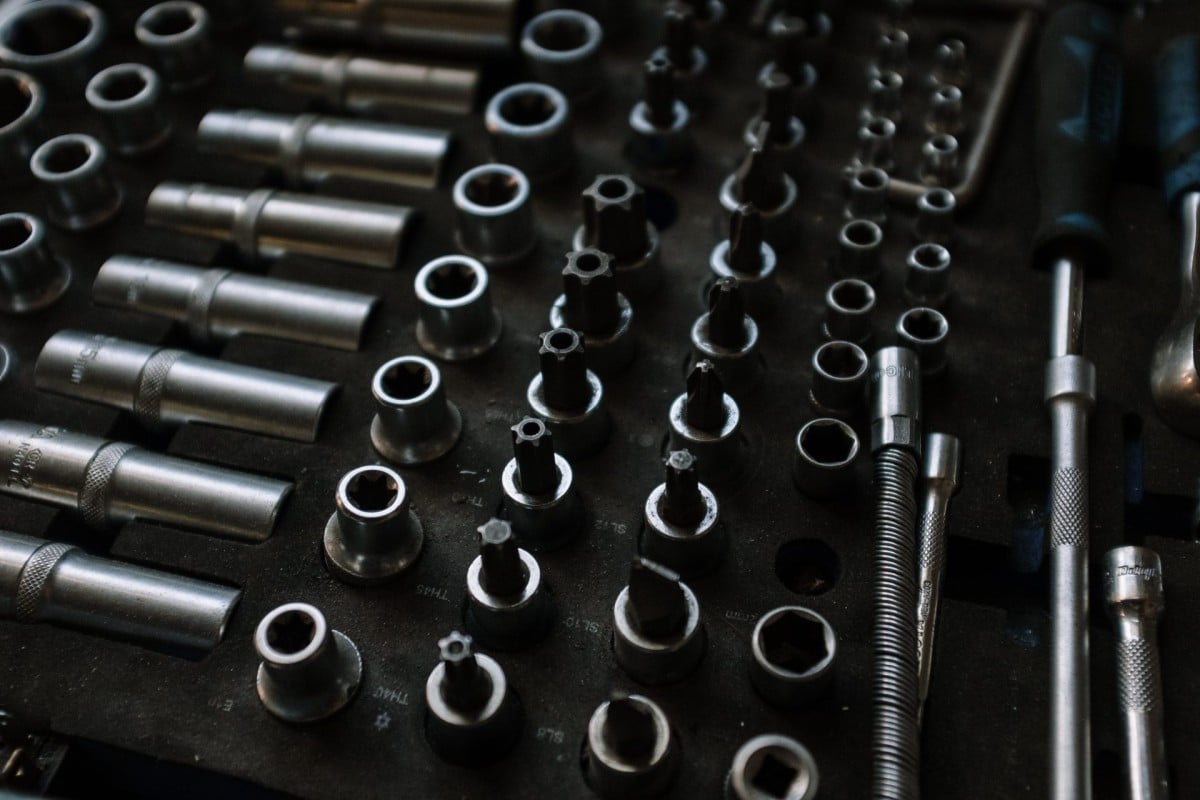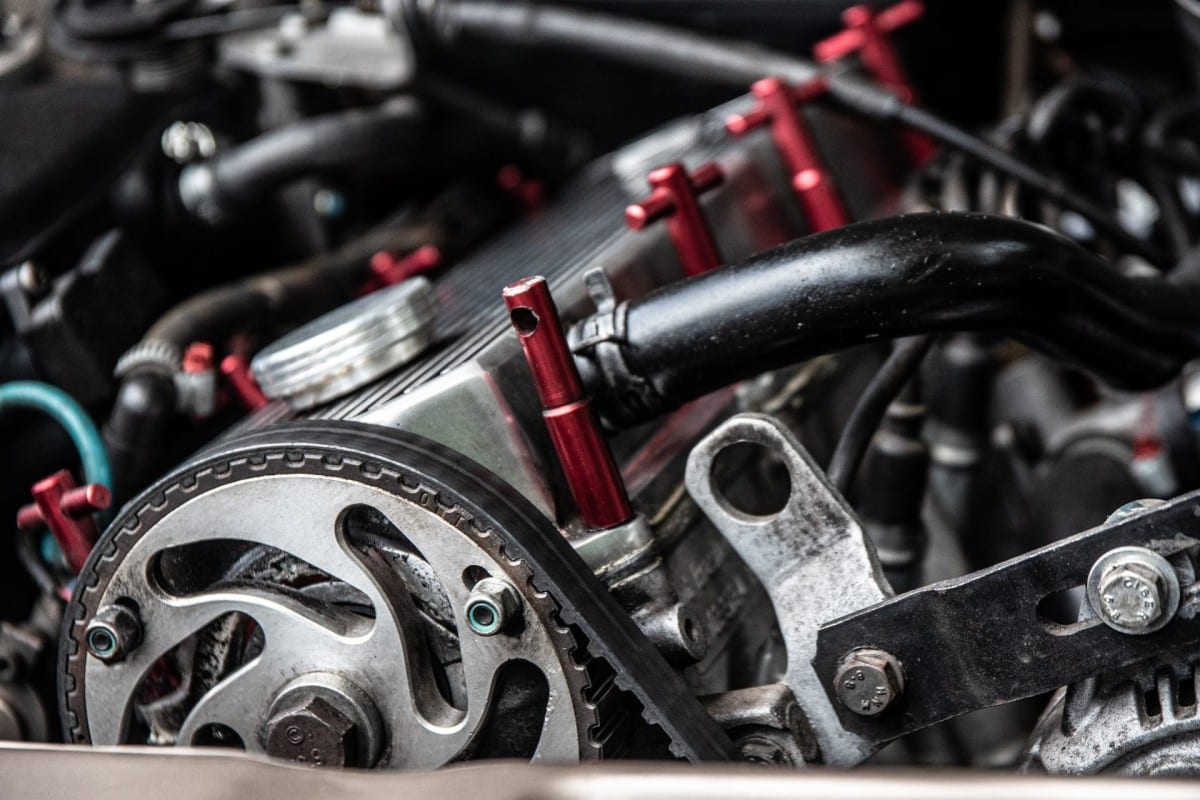Understanding Catalytic Converters and How They Help Keep Your Vehicle Emission Compliant
If you own a vehicle, you likely know of the importance of routine maintenance to keep it running in optimal condition. However, even with the best care and attention, your car will eventually need some parts replaced due to wear and tear. One such part is called a catalytic converter.
This device is an essential component in the exhaust system of your car and plays an important role in reducing emissions from your vehicle. Understanding what that role is, how it works, and why it’s necessary for keeping your car compliant with emission regulations are all important factors to consider when maintaining the health of your vehicle.
What Is a Catalytic Converter?
A catalytic converter is an emissions control device located in the exhaust system of most modern cars. It’s designed to convert harmful pollutants into less toxic substances through a process called “catalyzing” before they are released into the environment. This helps reduce smog-causing pollutants from being released into the atmosphere by up to 90%.
How Does It Work?
The catalytic converter works by using a combination of heat and chemical reactions that take place inside its chambers. These reactions reduce harmful pollutants like carbon monoxide (CO) and nitrogen oxides (NOx) into less-harmful substances such as carbon dioxide (CO2). The CO2 then exits through the tailpipe along with other exhaust gases like water vapor and oxygen (O2).
It also helps reduce hydrocarbons (HC), which are unburned fuel molecules that can cause air pollution when released into the atmosphere at high levels. The reaction between oxygen molecules and HC particles creates water vapor, which exits out through the tailpipe along with other exhaust gases like CO2 and O2.
Why Is It Necessary To Have A Catalytic Converter?
Catalytic converters are essential for keeping vehicles compliant with emission regulations set forth by local governments or other regulatory bodies such as CARB (California Air Resources Board). Without them, cars would be emitting large amounts of hazardous pollutants that contribute heavily to air pollution – something that no one wants! That’s why most countries have laws requiring cars to have them installed before they can be approved for road use.
What Are The Signs Of A Faulty Catalytic Converter?
A faulty catalytic converter will cause poor engine performance due to decreased fuel efficiency as well as increased emissions levels coming from your car's tailpipe – both signs that it's time for service or repair immediately! Other signs include loud rumbling noises coming from under the hood or an illuminated check engine light on your dashboard indicating that there may be something wrong with this part of your car's exhaust system.
How Can Sartorial Auto Repairs Help With Your Catalytic Converter Needs?
At Sartorial Auto Repairs we provide quality service on all catalytic converters so you can rest assured knowing that our technicians will get job done right! Our experienced team has years of experience fixing any issues related to this important part so you won't have worry about anything else but getting back on road quickly! We offer competitive rates on all repairs too making sure our customers get best value possible when needing their catalytic converters serviced or replaced entirely! Plus, our team is knowledgeable about different types available so you'll always get perfect fit every single time! So don't hesitate – contact Sartorial Auto Repairs today if you're looking for quality workmanship at fair prices when dealing with catalytic converters in Sonoma County & Sebastopol CA!


